WWF urged to reconsider tra fish production claims
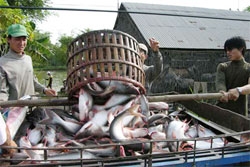 |
He also asked the network to promptly publish its standards and criteria for the management of tra fish production in Vietnam and correct its mistake of advising European consumers to look for alternative seafood.
The WWF has transferred the catfish from the yellow to the red list in its updated 2010-11 Seafood Guides in Germany, Austria, Switzerland, Belgium, Norway and Denmark.
The WWF recommends that buyers not buy red-listed fish but instead choose a secondary to species from its green list.
Dung described the warning as unscientific and based on biased evidence.
The decision would cost both producers and consumers heavily and adversely impact the WWF's prestige, transparency and honesty, he warned.
"The VASEP will create favourable conditions for WWF experts to make a fact-finding tour of Vietnam's fish farms as well as tra fish processors and exporters," he said. "We are willing to supply information, co-operate and acquire constructive opinions."
Confident
Dung was confident co-operation with the fund and other international organisations would have tra transferred to the green list.
The WWF had worked with Vietnam's fisheries industry to build a sustainable tra breeding criteria, he said.
This meant that the progress in tra fish farms and production in Vietnam together with United States global standards for agricultural produce and Safe Quality Food certification must be acknowledged.
The result was that the high quality, value and reasonable price of tra had made the fish popular with European consumers despite numerous barriers and campaigns to discourage buyers.
Vietnam exported more than 538,200 tonnes of tra worth $1.1 billion to more than 120 countries in the first ten months of this year.
About 184,360 tonnes or 36.8 per cent of the exports went to Europe.
The Fisheries Directorate will discuss the issue with WWF, Vietnam, today.
What the stars mean:
★ Poor ★ ★ Promising ★★★ Good ★★★★ Very good ★★★★★ Exceptional
Latest News
More News
- Logistics promise for foreign investors (October 17, 2024 | 16:02)
- Ensuring technological progress in northern midlands and mountainous regions (October 10, 2024 | 09:00)
- Manufacturing production suffers after Typhoon Yagi (October 01, 2024 | 17:11)
- Vietnam’s economy on track for 6.5 per cent growth despite Typhoon Yagi, says HSBC (October 01, 2024 | 16:46)
- Vietnam urges China to expand market access for agricultural products and strengthen trade ties (October 01, 2024 | 16:42)
- IMF predicts Vietnam's economic growth to reach 6.1 per cent in 2024 (September 30, 2024 | 18:26)
- Deli Group breaks ground on $270 million factory in Hai Duong (September 30, 2024 | 18:17)
- Government considering tax on multiple properties (September 27, 2024 | 20:17)
- Accuracy more vital than ever in dawn of AI (September 26, 2024 | 20:44)
- Vietnam remains attractive destination for US businesses (September 26, 2024 | 20:23)





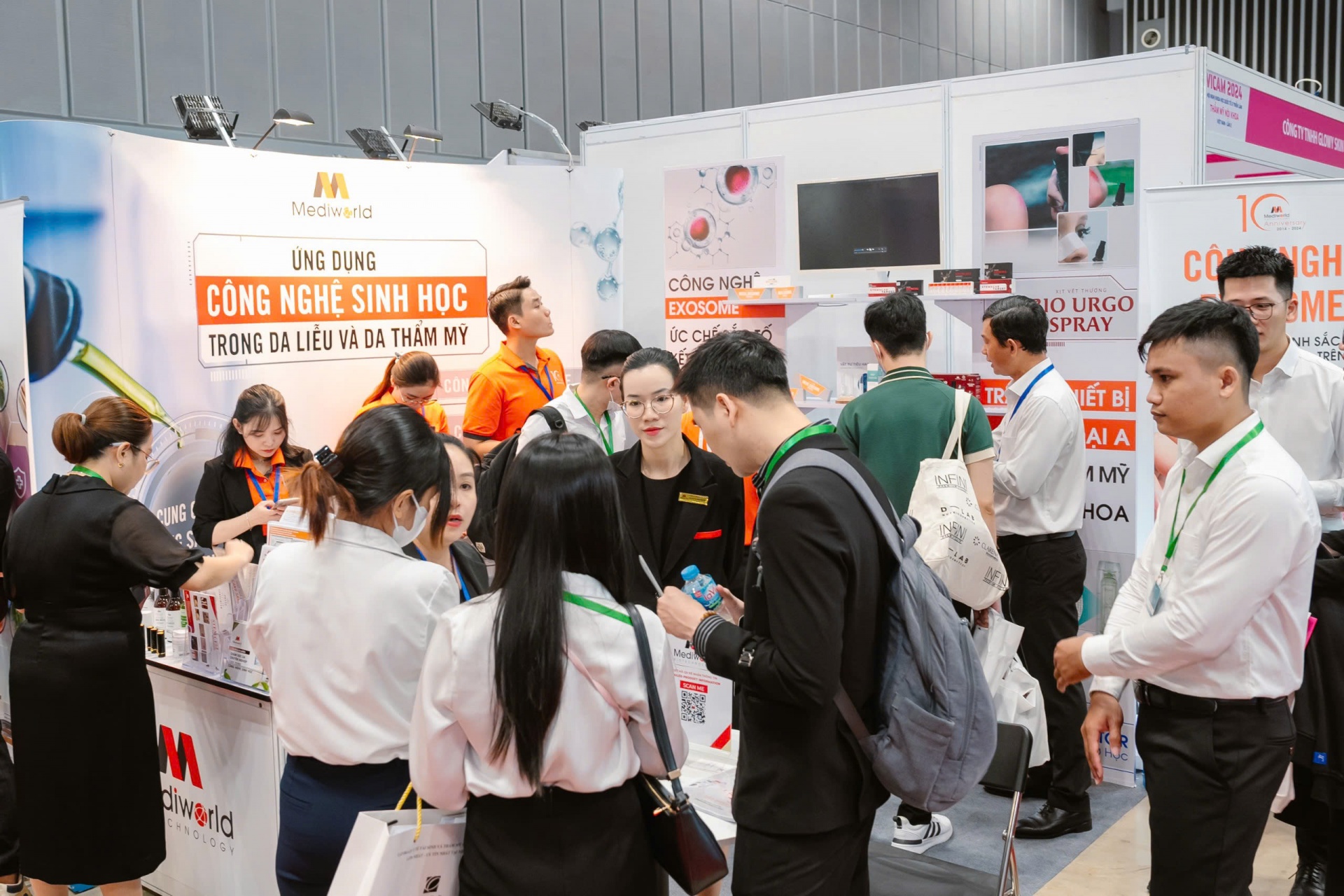
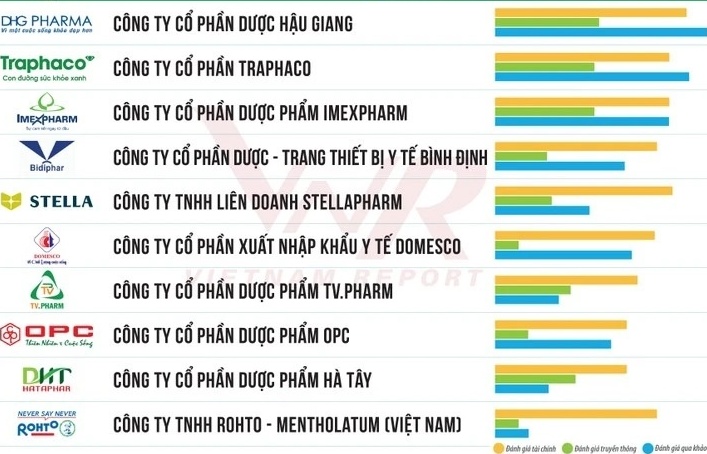

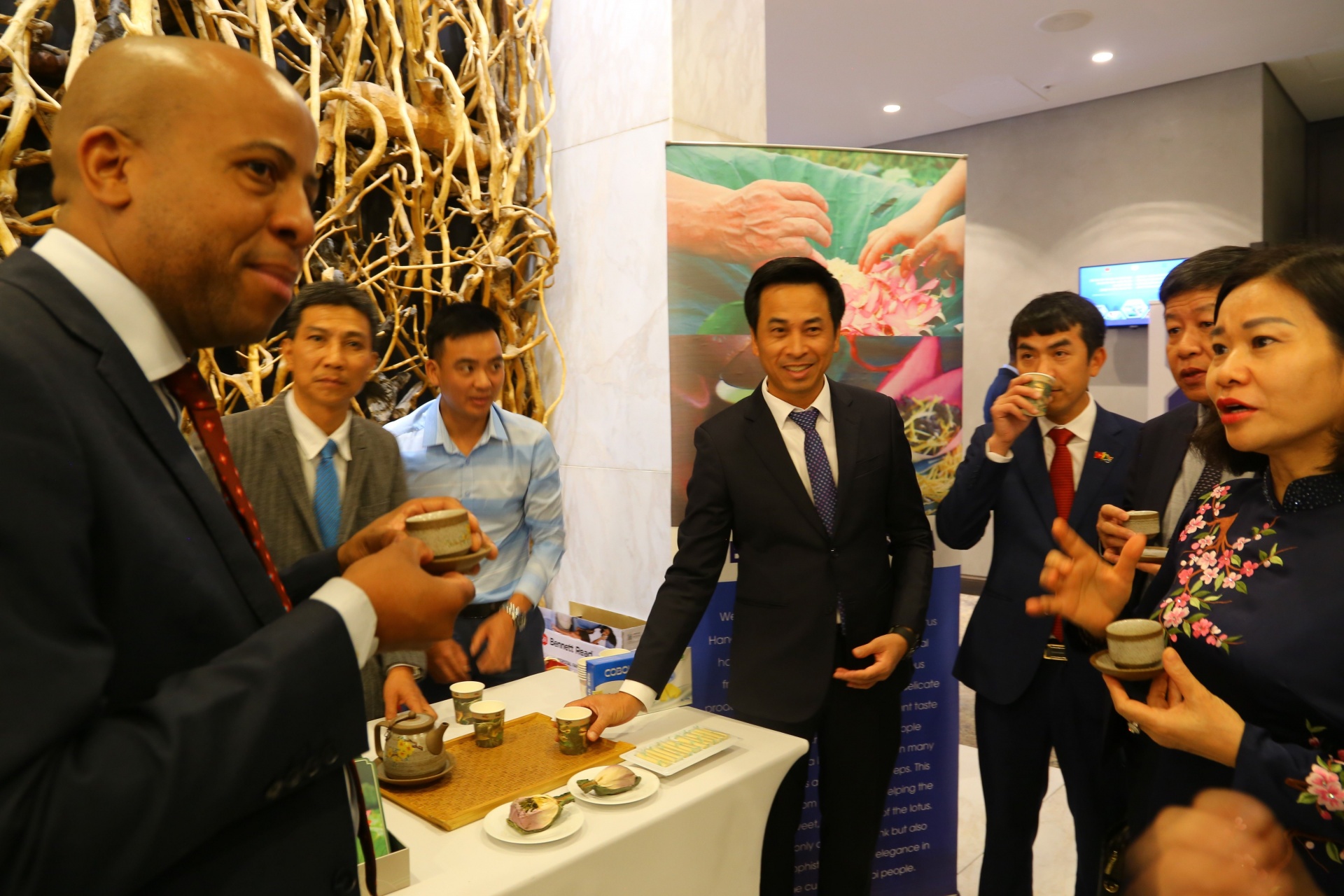
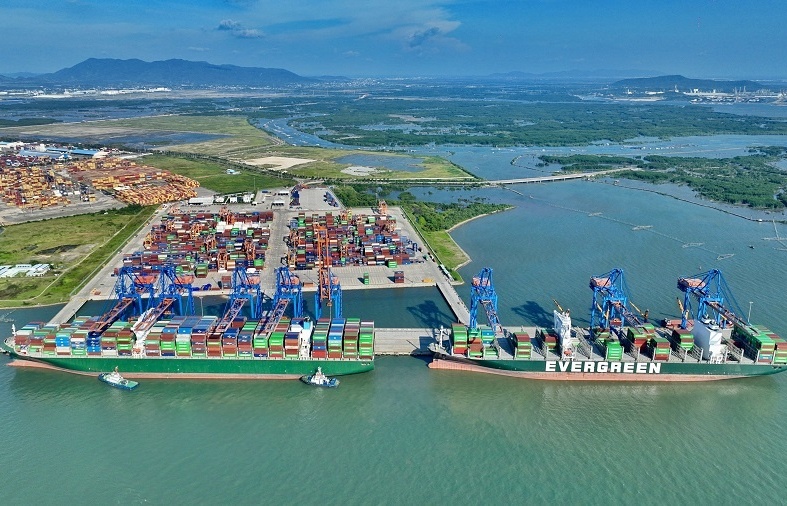



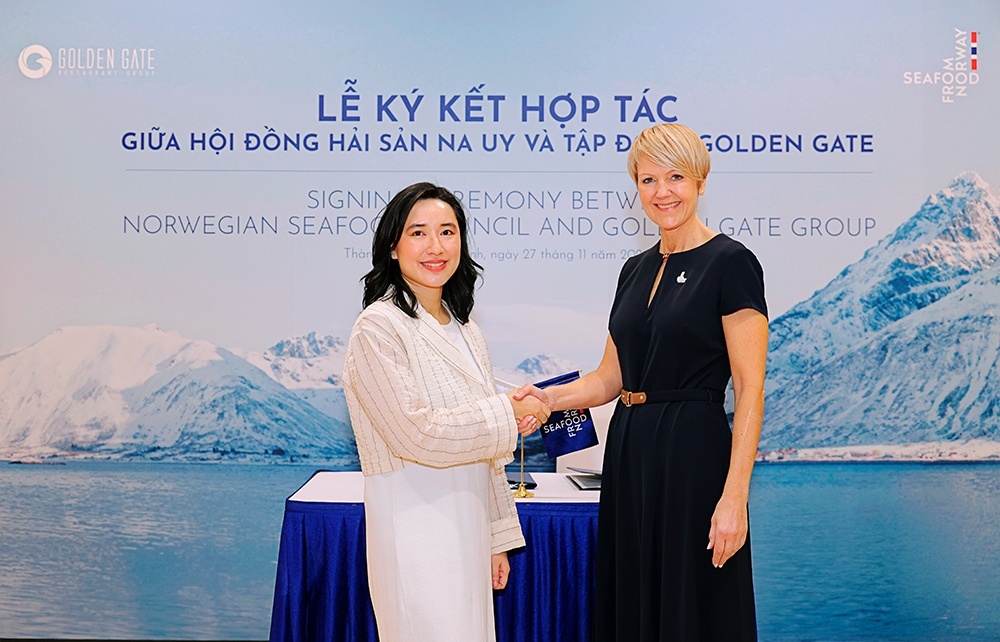






 Mobile Version
Mobile Version